In a stunning revelation from the depths of the ocean, scientists have documented the first known case of a large porbeagle shark falling prey to an even larger shark predator. This unexpected discovery challenges our understanding of marine food chains and raises questions about the complex interactions among apex predators in the open sea.
The event, captured through advanced tracking technology, involved a pregnant female porbeagle shark measuring 12 feet in length. As the shark swam near Bermuda, it was suddenly consumed by a larger predator, likely a great white or shortfin mako shark. This remarkable incident not only demonstrates the vulnerability of even formidable marine predators but also highlights the intricate and sometimes surprising dynamics of ocean ecosystems.
The First Documented Case of Porbeagle Predation
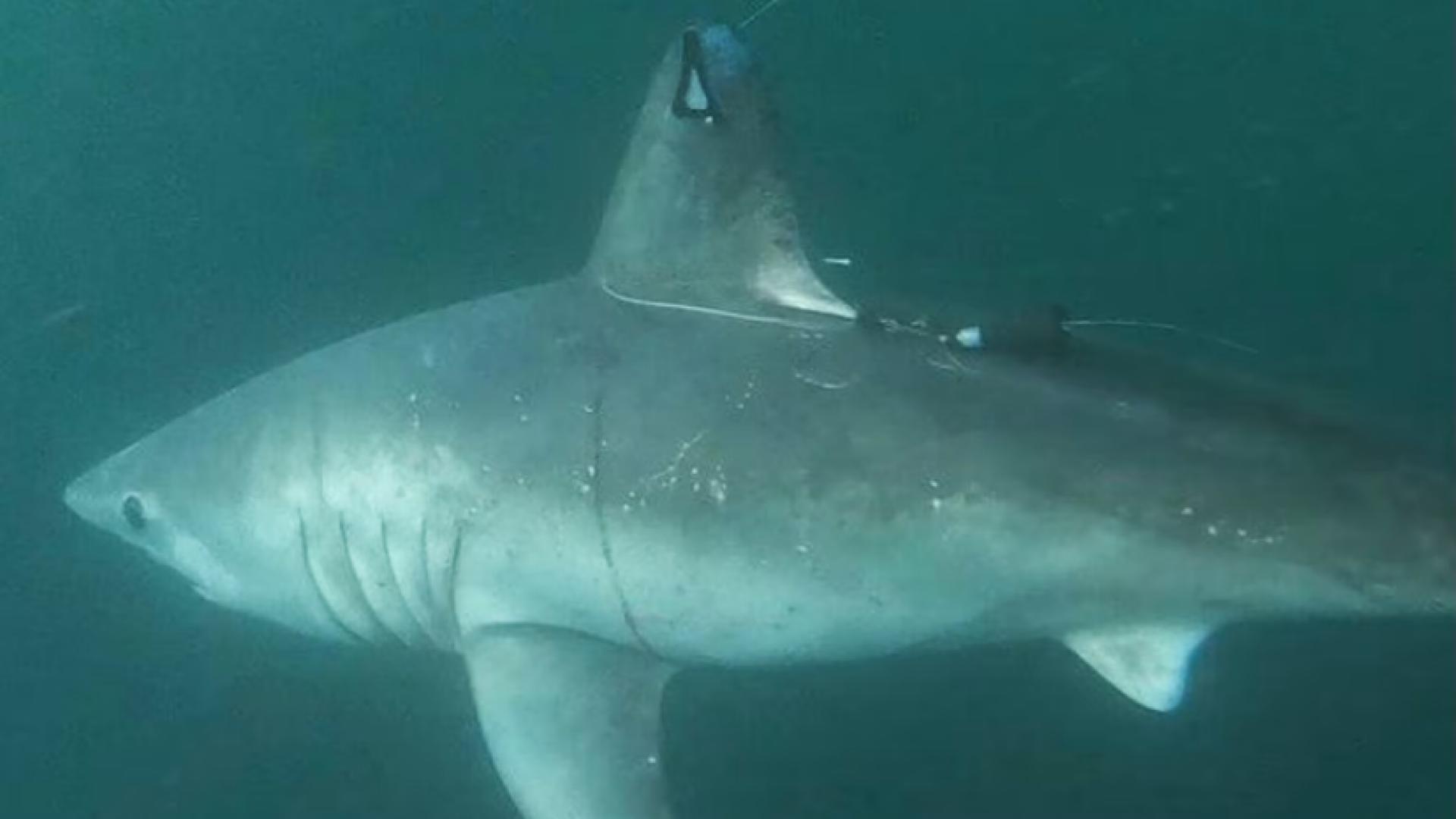
The recent discovery of a porbeagle shark being eaten by a larger predator marks a groundbreaking moment in marine biology. This event, captured through advanced tracking technology, is the first of its kind ever recorded. It challenges our understanding of shark behavior and interactions in the open ocean.
The incident not only showcases the vulnerability of even large predatory sharks but also highlights the complex food chain dynamics in marine ecosystems. This discovery opens up new avenues for research and raises important questions about the balance of power in the underwater world, prompting scientists to reassess their understanding of shark ecology.
Tracking Technology: How We Discovered the Shark-Eat-Shark Incident

The remarkable predation event was uncovered thanks to cutting-edge tracking devices attached to the porbeagle shark. These devices, including a satellite transmitter and a pop-off satellite archival tag (PSAT), were designed to monitor the shark’s movements, depth, and surrounding water temperatures over an extended period.
When the data from these devices showed unexpected changes in depth and temperature patterns, researchers realized something extraordinary had occurred. The sudden shift in readings, indicating warmer temperatures at depths where they shouldn’t occur, led scientists to conclude that the tracking device – and the porbeagle shark – had been swallowed by a larger predator, revealing nature’s dramatic food chain in action.
What Happened to the Porbeagle Shark? A Timeline of Events
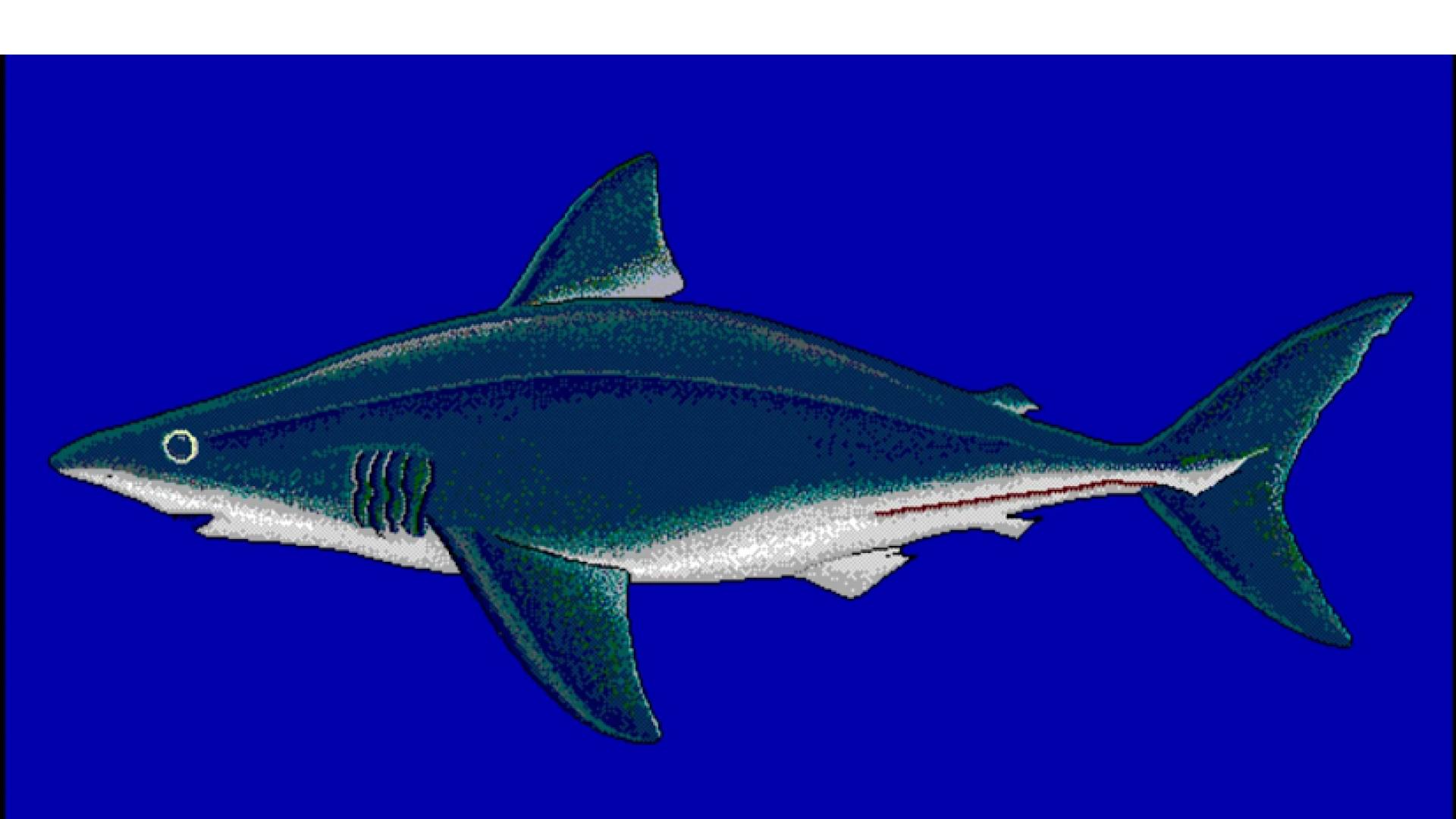
The journey of the ill-fated porbeagle shark began in October 2020 when it was tagged near Cape Cod. For several months, the shark exhibited typical behavior, swimming between the surface and depths of about 328 feet. However, in December 2020, its patterns changed dramatically as it began making deeper dives up to 2,600 feet during the day.
The shark’s final movements were tracked to waters off Bermuda. On March 24, 2021, the tracking device recorded a sudden and drastic change in temperature patterns while maintaining similar depth readings. This unexpected data signaled the moment of predation, marking the end of the porbeagle’s journey and the beginning of a fascinating scientific discovery.
Identifying the Predator: Great White or Shortfin Mako?

The identity of the shark responsible for consuming the porbeagle remains a mystery, but scientists have narrowed it down to two likely suspects: the great white shark or the shortfin mako. Both species are known for their size and predatory nature, capable of overpowering a large porbeagle shark.
Researchers lean towards the great white as the more probable predator due to the relatively stable depth range recorded after the predation event. This behavior aligns more closely with the great white’s typical swimming patterns. In contrast, shortfin makos are known for their rapid ascents and deep dives, which weren’t observed in the tracking data after the predation occurred.
Implications for Porbeagle Shark Conservation
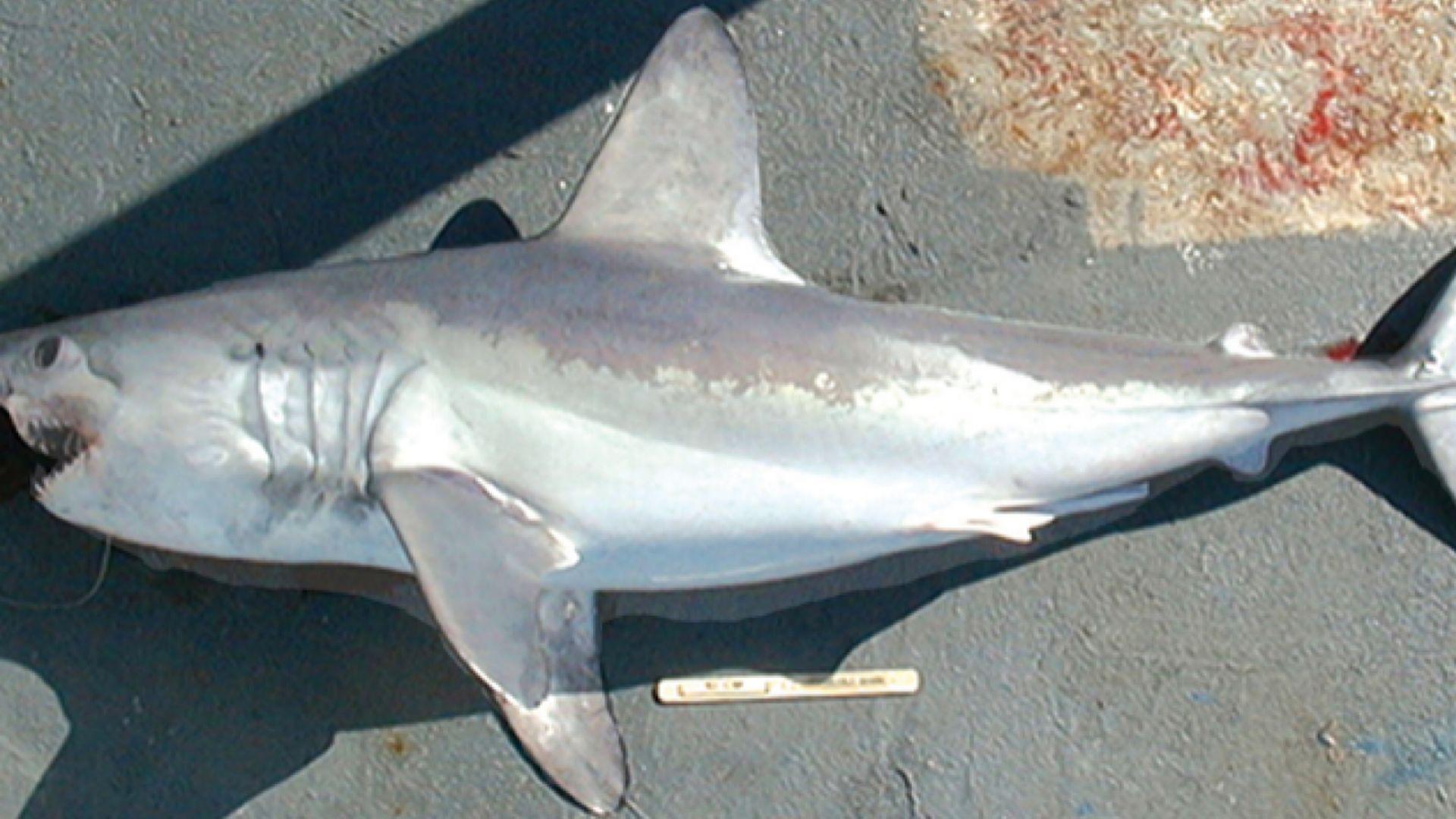
This predation event raises significant concerns for porbeagle shark conservation efforts. Already listed as vulnerable due to historical overfishing, the loss of a pregnant female represents a double blow to the species’ population. It not only removes a reproductive individual but also the potential offspring she carries.
The incident highlights the multifaceted challenges facing porbeagle sharks in their natural habitat. Beyond human-induced threats like overfishing, they must also contend with natural predators. This discovery underscores the need for comprehensive conservation strategies that consider both human impacts and natural ecosystem dynamics to ensure the long-term survival of this vulnerable species.
The Role of Pregnant Sharks in Marine Ecosystems
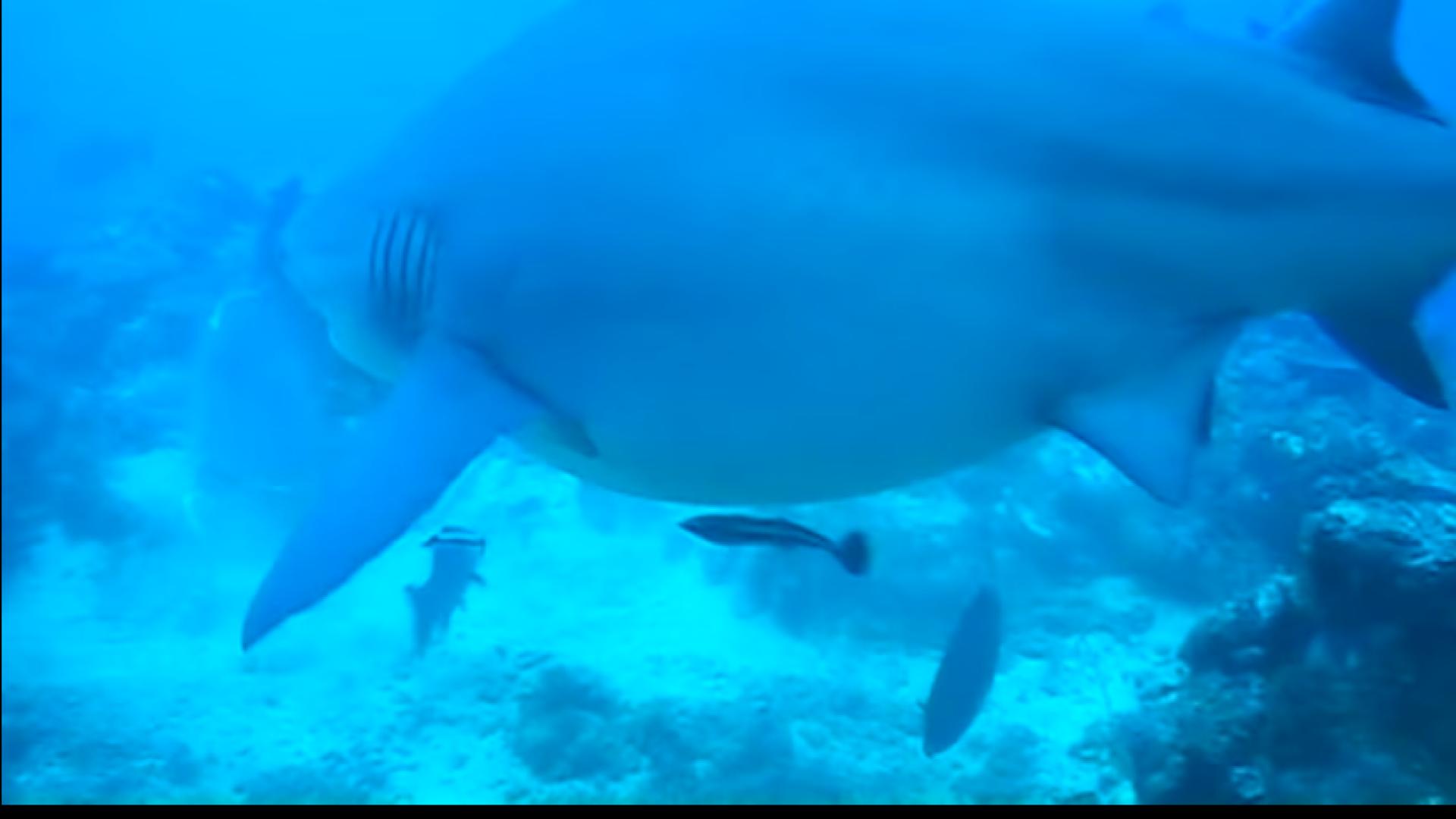
Pregnant sharks play a crucial role in maintaining healthy marine ecosystems. They represent the future of their species, carrying the next generation of predators that help keep ocean populations in balance. The loss of a pregnant female, as in this case, is particularly significant for vulnerable species like the porbeagle shark.
These expectant mothers often have different behavioral patterns and habitat preferences compared to their non-pregnant counterparts. They may seek out specific areas for pupping, contributing to the diversity and stability of various marine habitats. The predation of a pregnant porbeagle shark not only affects current population numbers but also impacts the species’ future reproductive potential, highlighting the delicate balance of life in the ocean.
Understanding Shark Behavior: Insights from the Porbeagle Incident
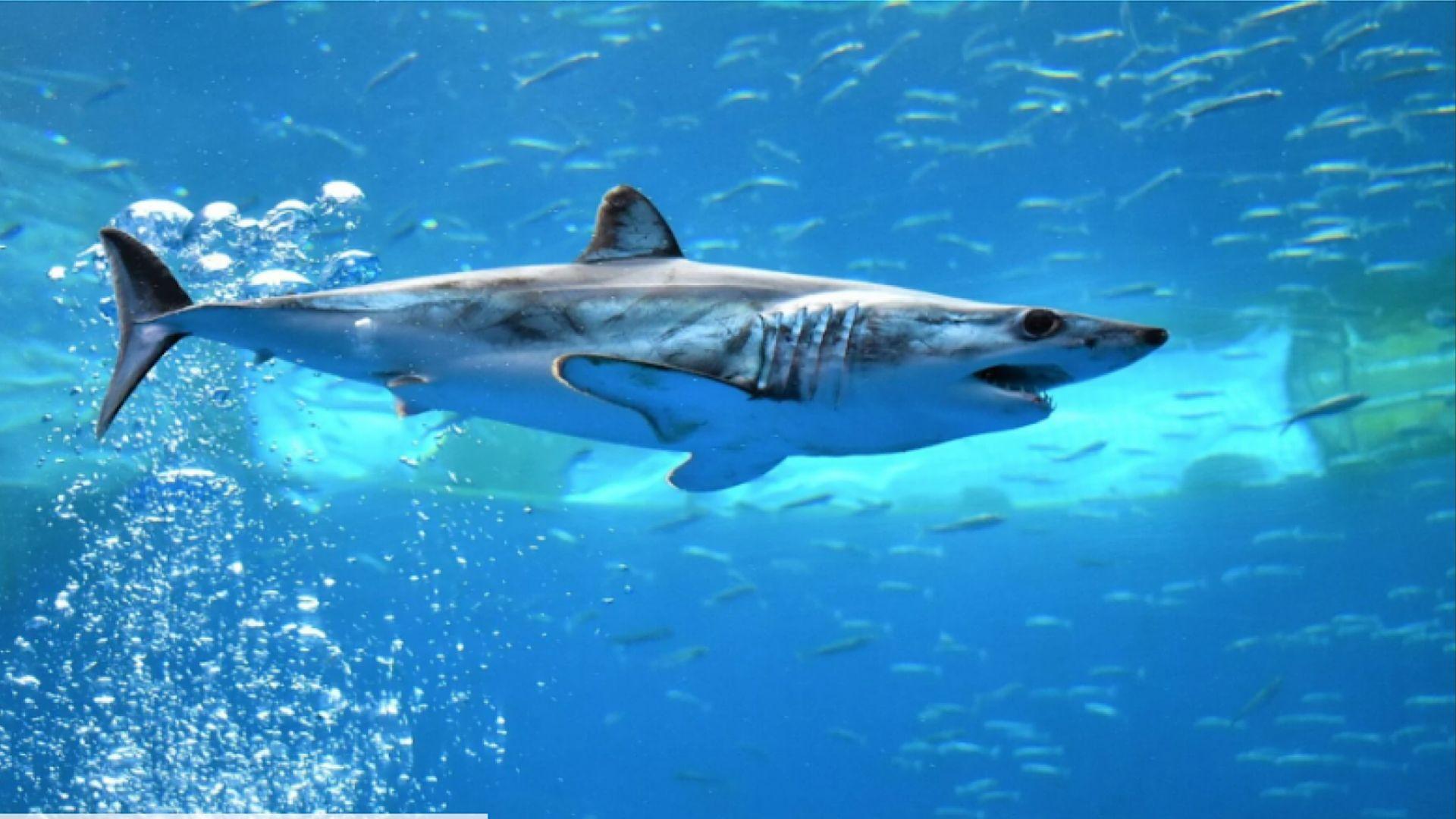
The tracking data from the porbeagle shark before its predation provides valuable insights into shark behavior. The shark’s movement patterns, including its daily vertical migrations and seasonal travel from Cape Cod to Bermuda, offer a glimpse into the complex life of these ocean predators. This information helps scientists better understand shark habits and habitat preferences.
The sudden change in the shark’s behavior just before the predation event is particularly intriguing. It raises questions about whether the porbeagle sensed danger or if its pregnancy influenced its actions. These observations prompt further research into shark sensory abilities, predator-avoidance strategies, and how pregnancy might affect a shark’s behavior and vulnerability in the open ocean.
The Complexity of Apex Predator Interactions

This unprecedented event challenges our understanding of the relationships between top ocean predators. While we often think of large sharks as being at the top of the food chain, this incident reveals a more complex hierarchy. It shows that even formidable hunters like the porbeagle can fall prey to larger species, creating a dynamic system of checks and balances in the ocean.
The discovery also highlights the importance of studying interactions between different shark species. Understanding these relationships is crucial for marine conservation efforts and ecosystem management. It reminds us that the ocean is a complex web of interactions, where the line between predator and prey can sometimes blur, even among apex predators.
Lessons Learned: What This Discovery Means for Marine Science
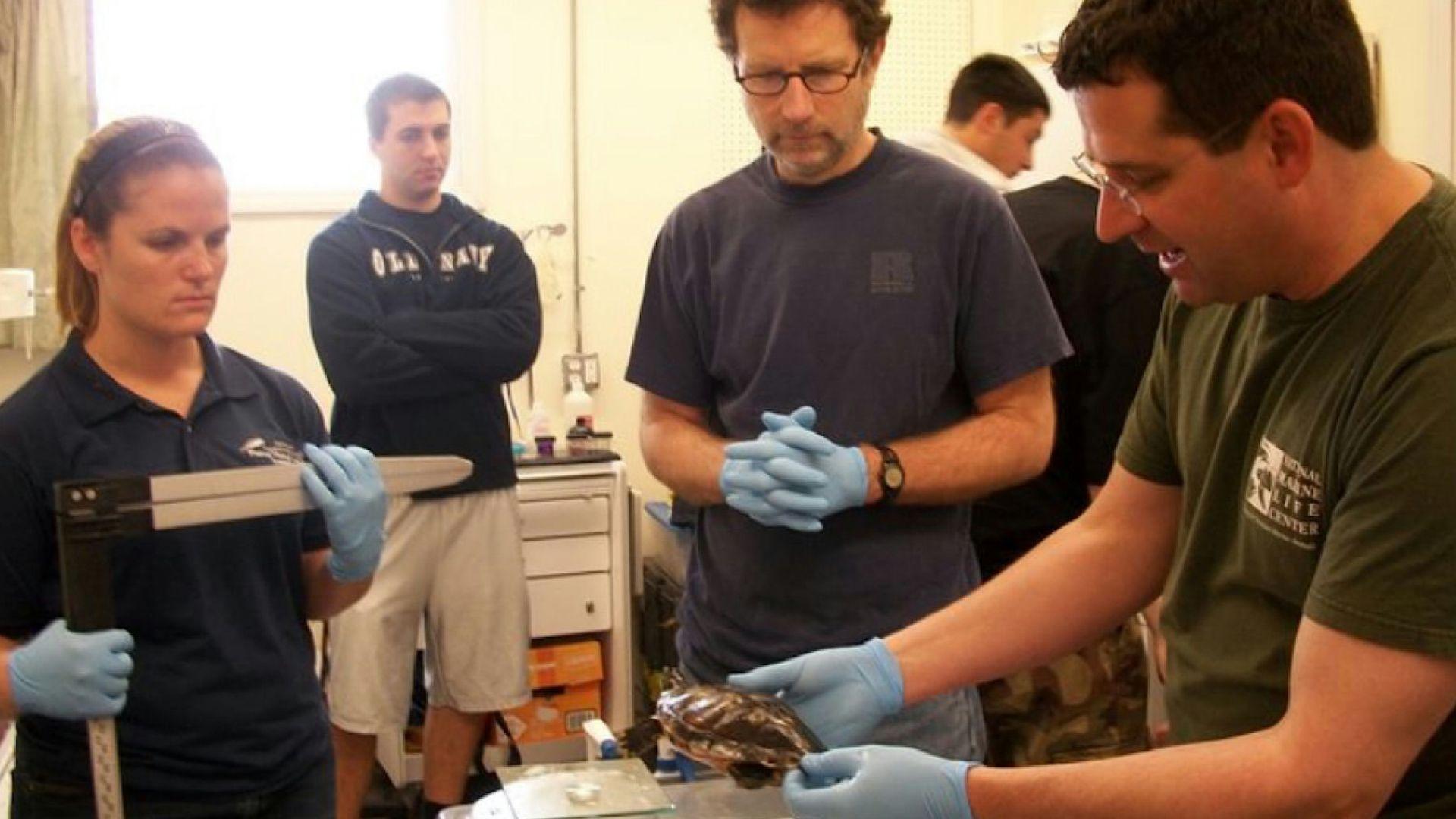
This groundbreaking observation opens up new avenues for marine research. It demonstrates the value of long-term tracking studies in uncovering unexpected events and behaviors in the ocean. The discovery challenges scientists to rethink their assumptions about marine predator interactions and encourages more comprehensive studies of shark ecology.
Furthermore, this event underscores the importance of protecting entire marine ecosystems rather than focusing on individual species. It shows how the fate of one species can be intimately tied to another, emphasizing the need for holistic conservation approaches. As we continue to unravel the mysteries of the ocean, discoveries like this remind us of how much we still have to learn about life beneath the waves.

